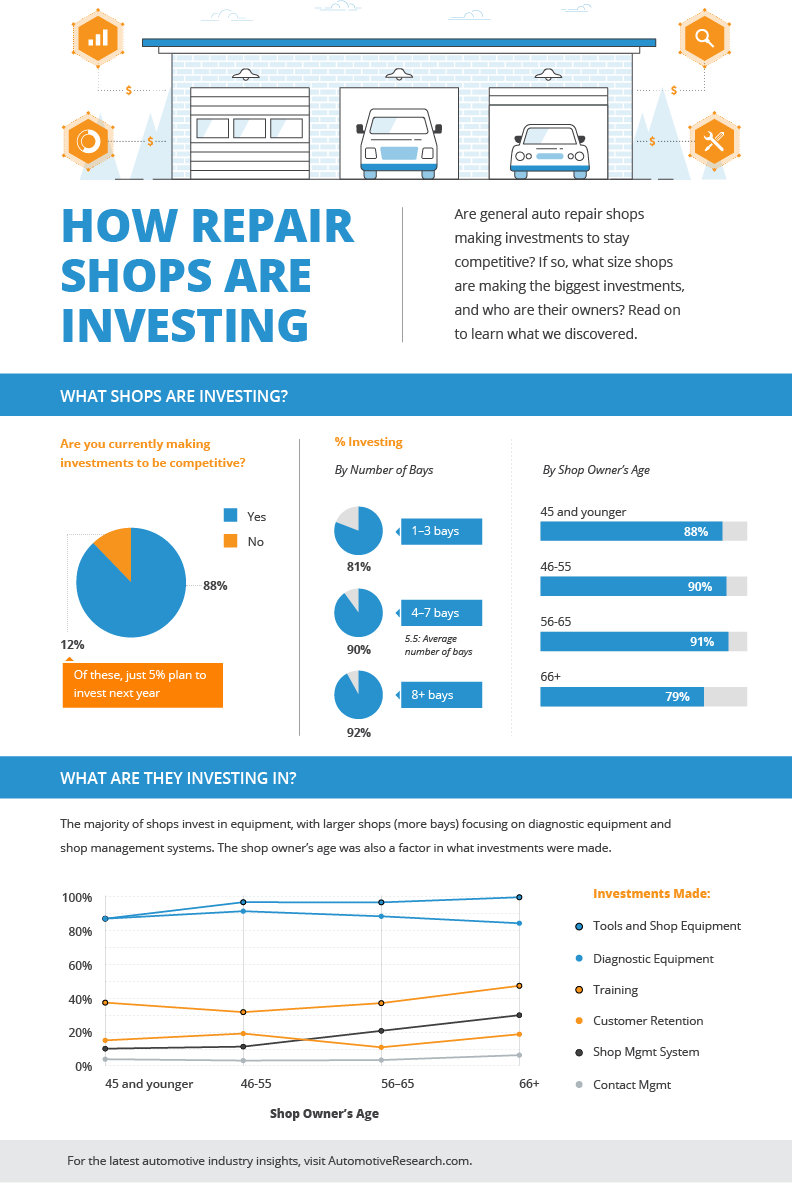A Beginner'S Manual For Interpreting Your Auto'S Alert Lighting
A Beginner'S Manual For Interpreting Your Auto'S Alert Lighting
Blog Article
Write-Up Developed By-Gunter Mahmoud
When you're behind the wheel, those little caution lights on your cars and truck's control panel can be rather perplexing. What do https://jeffreyuoibv.csublogs.com/37756956/checking-out-the-genuine-interpretation-of-your-automobile-s-warning-lights indicate, and should you be concerned? Recognizing these signals is critical for your car's health, but it doesn't need to be a complicated task. By translating the mystery behind each light, you'll be outfitted to handle prospective issues efficiently and keep your car running efficiently. So, following time a caution light flashes, do not panic - arm on your own with expertise and take control of the situation.
Significance of Cars And Truck Warning Lights
Comprehending the significance of your vehicle's warning lights is vital for keeping your lorry's health and wellness. https://caidenieysn.topbloghub.com/37525447/determine-the-necessary-standards-for-choosing-a-reputable-vehicle-repair-shop-that-will-add-to-your-automobile-s-longevity-and-ideal-performance act as your car's interaction system, alerting you to possible issues that could jeopardize your safety and security when driving or cause expensive fixings if ignored. By focusing on these warnings, you can resolve problems early and protect against further damages to your car.
Ignoring warning lights can cause severe consequences, such as engine failure, brake breakdowns, or perhaps crashes. These lights are designed to alert you of problems varying from low tire pressure to engine breakdowns, giving you the opportunity to act prior to the circumstance intensifies. Routinely inspecting and recognizing these warnings can conserve you time, cash, and ensure your safety and security while driving.
Along with maintaining you safe, responding quickly to warning lights can also help extend the life expectancy of your automobile. By addressing concerns at an early stage, you can stop little troubles from intensifying into major fixings, eventually saving you time and money in the future. Bear in mind, your vehicle's warning lights are there for a factor - don't disregard them!
Common Caution Lights and Meanings
When it concerns driving your car, understanding typical caution lights and their significances is vital for your safety and security and automobile maintenance. Below are a few usual warning lights you may run into:
1. ** Examine Engine Light **: This light shows a problem with your engine. Maybe something minor like a loose gas cap or something more severe like engine misfiring.
2. ** Battery Light **: This light signals an issue with your vehicle's charging system. It might suggest a malfunctioning battery, alternator, or various other associated parts.
3. ** Oil Stress Light **: When this light begins, it indicates your engine might be running low on oil or experiencing low oil pressure, which can lead to engine damages otherwise attended to immediately.
4. ** Brake System Light **: This light indicates a concern with your stopping system. It could suggest reduced brake liquid degrees or an issue with the brake system that requires prompt attention.
Recognizing these common warning lights will assist you recognize potential concerns early and avoid even more considerable problems later on.
How to React To Warning Lighting
On the occasion that a caution light illuminates on your vehicle's control panel, it's important to react without delay and properly. When a caution light comes on, the primary step is to consult your owner's guidebook to understand the specific issue indicated by the light.
Some lights require prompt focus, while others may suggest a less immediate matter. If the caution light is red or flashing, it's normally a sign of a major issue that requires instant activity. In such cases, it's suggested to pull over safely, turn off the engine, and look for specialist assistance.
For https://wonderfulengineering.com/how-to-start-a-car-repair-shop-the-ultimate-guide/ or orange caution lights, while they might not call for immediate interest, it's still crucial to attend to the underlying issue immediately to prevent further damages. Routine maintenance and inspection can aid prevent cautioning lights from beginning all of a sudden.
Final thought
Finally, understanding your auto's caution lights is important for keeping your automobile's health and safety. By on a regular basis checking and responding to these cautions, you can resolve possible issues early and prevent costly fixings or safety dangers. Keep in mind to consult your proprietor's guidebook for information on various warning lights and always take prompt action for red or blinking lights. Remain aggressive and maintain your auto running smoothly!
